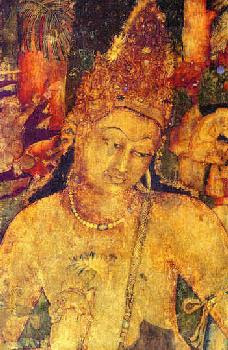

So it depends on what one calls ebony.įrom Paul Snyder, forum technical advisor:

Ebony wood is a black and brown colored wood. If you use the right materials, the stain will take only several hours to turn black. As I said, it takes some testing to learn the way to make up the stain, and to work with the stain on the wood you're working with. This photo was done with the ebony vinegar dye. Like with all new materials, you need to make up complete samples. On wood with little tannin, you can get several shades of yellows.

As mentioned, the more tannin in the wood, the darker the wood will turn. You can get several shades from the vinegar dyes, from a light grey to a jet black. Has anyone tried using the refill black ink? I buy ink refill bottles for my inkjet printer. Also, you need to let the iron/vinegar solution brew for a few days in a loosely capped container and repeated applications will darken the result up to a point. Just swab it with a strong brew of black tea and let it dry before swabbing it again with the iron solution. You can add tannic acid to wood if it doesn't have enough to get the black you want. On contributor M's "liquid nightmare," the color is created by a reaction between the iron in the solution and the tannic acid in the wood, so a wood with more tannic acid will give a deeper black. Best black I've seen was the tires on a motorcycle marquetry which the maker did with a black magic marker. Another option is to make up your own ebony dye from vinegar and steel wool, and add in some rusty nails or screws.ĭepends a bit on the size of the project too. In some cases, I may use a pigmented stain, and then a black dye shading stain. You need to do a color test, as some woods will show a reddish background with the black dye. Species: walnut, white oak, mahogany family. Does anyone have recommendations on what type of stain to use? What type of hardwood can best recreate an ebonized look?īlack dyes work best.


 0 kommentar(er)
0 kommentar(er)
